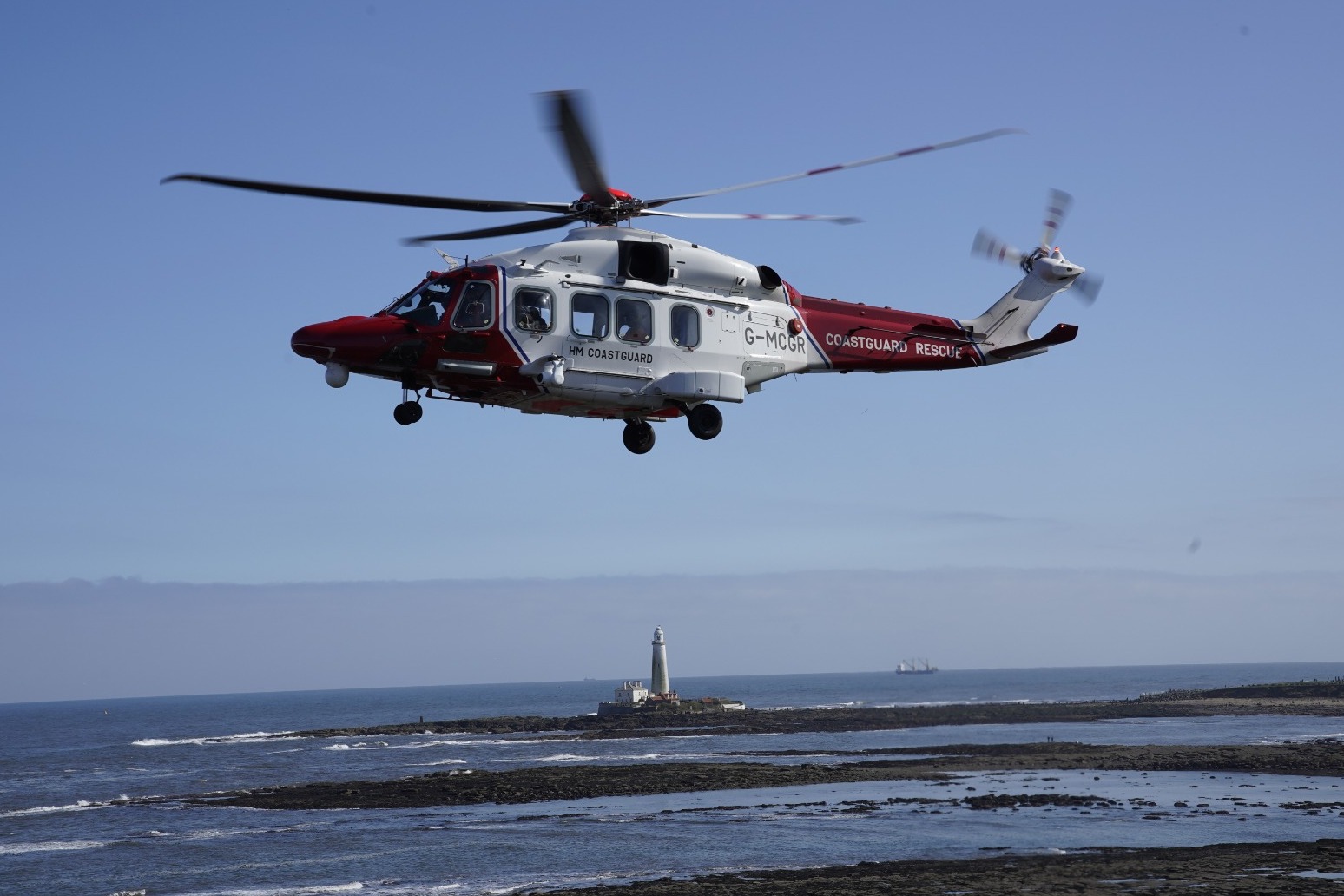
Coastguard was set up 200 years ago to combat smuggling
Her Majesty’s Coastguard is celebrating its 200th anniversary since it was orginally established to combat smuggling.
As soon as medieval taxes were charged on imports and exports, people started smuggling and by 1743, it is estimated that half the tea drunk in the Britain was illegally imported.
Smuggling became highly profitable but left people living in fear with violent reprisals common against informers and revenue officers even being murdered with corruption allowing smugglers to avoid punishment.
In the 1790s, Henry Greathead designed the first lifeboat in South Shields which was soon distributed to 20 locations.
This was followed in 1808 by experiments by Captain Manby in firing mortars to carry lines offshore to stricken ships, with the first life being saved using this method during the rescue of the Plymouth brig Elizabeth off Great Yarmouth.
In 1809, the Board of Customs formed the Preventative Water Guard to fight smugglers with boats patrolling bays and coves around the country before it was placed under the Treasury in 1816.
In a minute dated 15 January 1822, the Treasury accepted that it should return to the Board of Customs and declaring that the new force should be called “Coast Guard” which in effect became the “birth certificate” of HM Coastguard.
The Coastguard was formed by the amalgamation of three services set up to prevent smuggling – the Revenue Cruisers, the Riding Officers and the Preventive Water Guard.
Published: by Radio NewsHub